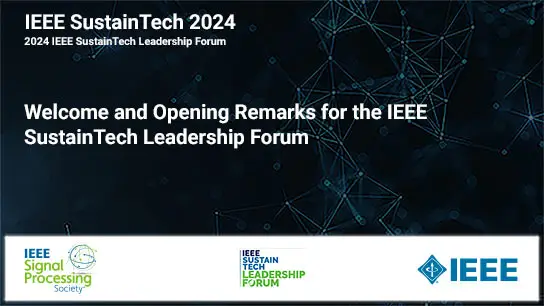When Face Recognition Meets Occlusion: A New Benchmark
Baojin Huang, Zhongyuan Wang, Guangcheng Wang, Kui Jiang, Kangli Zeng, Zhen Han, Xin Tian, Yuhong Yang
-
Members: FreeSPS
IEEE Members: $11.00
Non-members: $15.00Length: 00:11:18
10 Jun 2021
The existing face recognition datasets usually lack occlusion samples, which hinders the development of face recognition. Especially during the COVID-19 coronavirus epidemic, wearing a mask has become an effective means of preventing the virus spread. Traditional CNN-based face recognition models trained on existing datasets are almost ineffective for heavy occlusion. To this end, we pioneer a simulated occlusion face recognition dataset. In particular, we first collect a variety of glasses and masks as occlusion, and randomly combine the occlusion attributes (occlusion objects, textures,and colors) to achieve a large number of more realistic occlusion types. We then cover them in the proper position of the face image with the normal occlusion habit. Furthermore, we reasonably combine original normal face images and occluded face images to form our final dataset, termed as Webface-OCC. It covers 804,704 face images of 10,575 subjects, with diverse occlusion types to ensure its diversity and stability. Extensive experiments on public datasets show that the ArcFace retrained by our dataset significantly outperforms the state-of-the-arts. Webface-OCC is available at https://github.com/Baojin-Huang/Webface-OCC.
Chairs:
Patrick Le Callet



